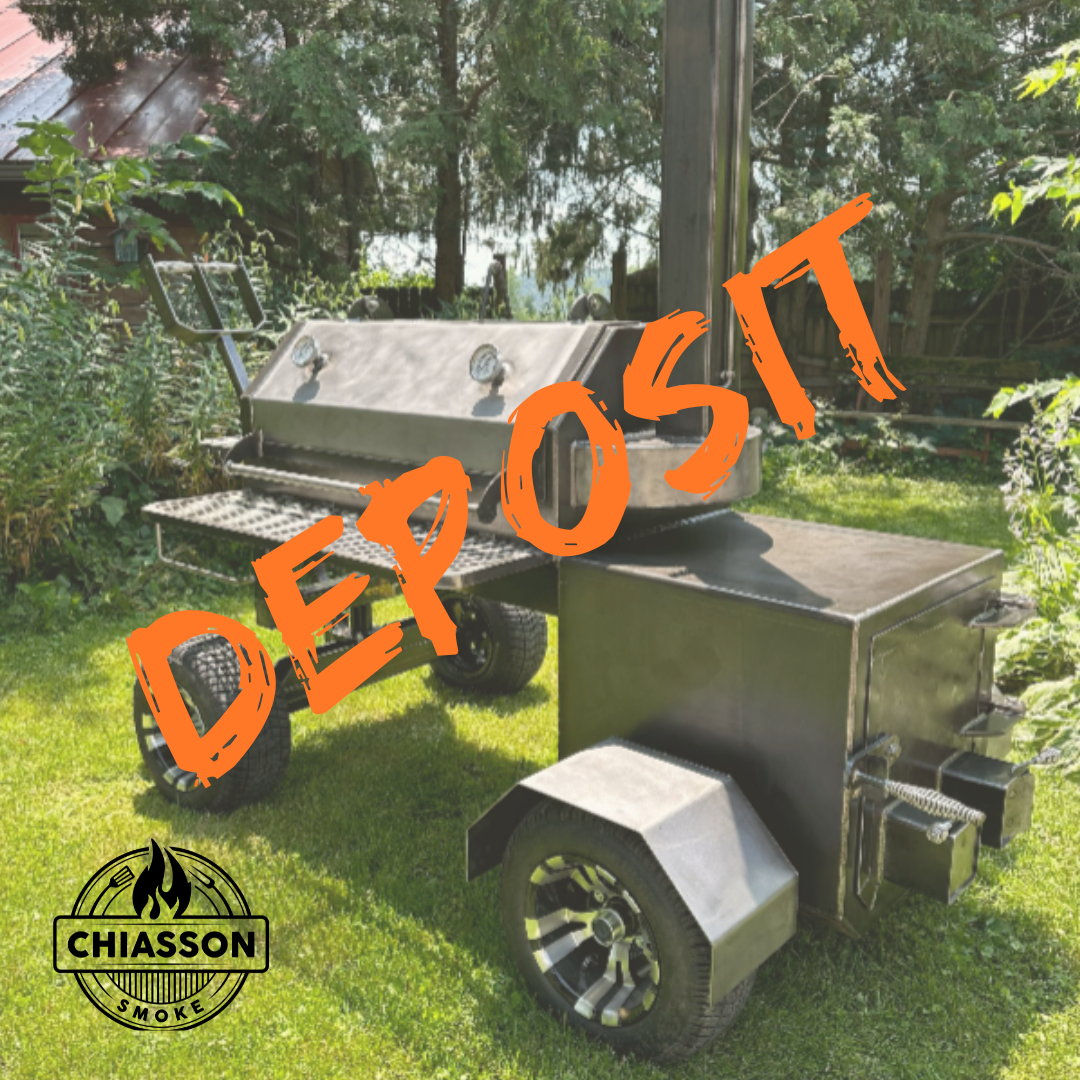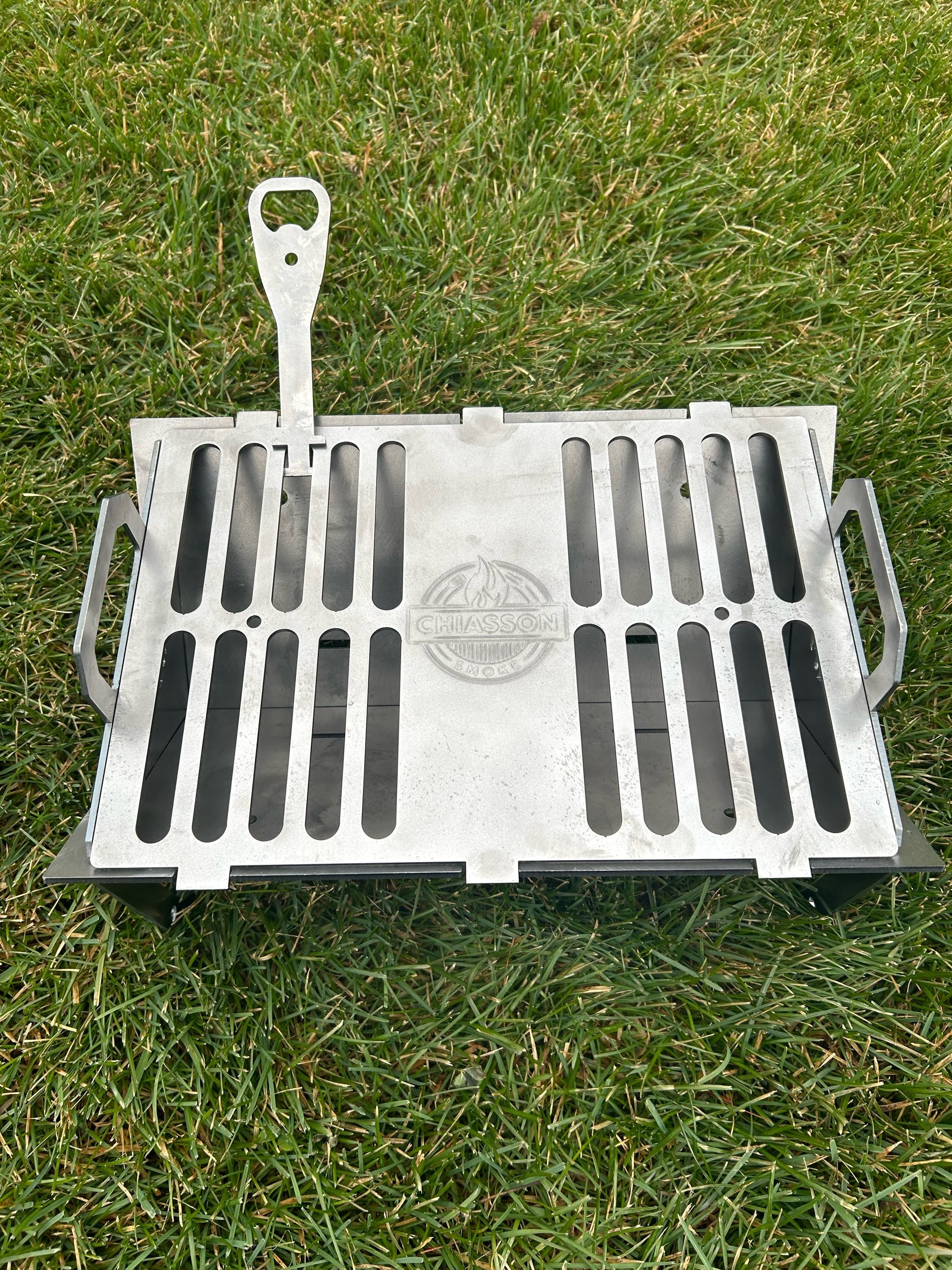Grilling and Smoking Terms To Know
Grilling and smoking are more than just ways to cook food—they're a whole world full of flavor, fun, and fire. If you’ve ever stood near a smoky backyard grill and heard someone talk about “the stall” or a “reverse sear,” and you had no clue what they meant, don’t worry. You’re not alone.
This guide is going to make you feel like a pro. We’ll break down the most common (and not-so-common) terms used in the world of grilling and smoking. Ready to become the king or queen of BBQ lingo? Let’s fire it up.
What’s the Difference Between Grilling and Smoking?
Before we get into the fancy words, let’s clear this up. Grilling means cooking food fast over high heat. Smoking is all about low and slow—low temperature, long time, and a whole lot of smoke flavor. That’s why your hot dogs grill in 10 minutes, but your brisket might take 12 hours to smoke.
The Basic Gear
Smoker
A smoker is made to cook meat low and slow using smoke. There are lots of different types of smokers… Some look like big barrels, others like robots from a sci-fi movie. All of them are awesome.
Charcoal Chimney Starter
There are lots of different grilling accessories you can have in your arsenal. But a charcoal chimney is one gadget that helps you light charcoal without lighter fluid. You just stuff newspaper in the bottom (or use fire starter), load the top with coals, light it, and wait. Boom—hot coals in minutes.
Let’s Talk Fire
Direct Heat
This means your food is cooking right over the flames. It’s hot and fast, like searing a steak.
Indirect Heat
Here, the fire is off to the side. Your food isn’t sitting directly above it. This is perfect for bigger cuts of meat or anything that needs more time.
Two-Zone Cooking
This is when you set up one side of the grill for direct heat and the other for indirect. It gives you options. You can sear, then move the food to the cooler side to finish cooking.
Wood Is Good
Hardwood
Hardwoods like oak, hickory, and mesquite are used for smoking because they burn hot and long. They also add bold flavors.
Fruitwood
Woods like apple, cherry, and peach are sweeter and milder. Great for poultry or pork.
Wood Chips, Chunks, Pellets
Chips are small, chunks are bigger, and pellets are made for pellet smokers. All of them make smoke, and all of them make meat taste amazing.
See also: Pellet Smoker Recipes for Beginners
Meat Prep Magic
Rub
A rub is a mix of spices you pat onto meat before cooking. Some are sweet, some are spicy, but all of them give flavor and crust.
Marinade
This is a liquid full of flavor that you soak meat in before cooking. It helps tenderize and flavor the meat.
Brine
Brining means soaking meat in salty water (sometimes with sugar and spices too). It helps keep the meat juicy—especially turkey and chicken.
Resting
After cooking, meat needs a little nap. Resting lets the juices settle so they don’t run out when you slice into it.
Meat Cooking Terms
Sear
This is when you cook the outside of meat super fast at high heat to get that nice brown crust. Searing locks in flavor, and it looks pretty cool too.
Bark
This is the dark, flavorful crust on smoked meat. It’s made from smoke, spice rub, and time. Bark is BBQ gold.
Smoke Ring
This is the pink layer just under the surface of smoked meat. It’s a sign that you did it right. No, it’s not raw—it’s science.
Stall
The stall happens when the meat's internal temp stops rising for hours. It’s like it hits a wall. But be patient—it’s normal, and it will pass.
Pitmaster Phrases
Low and Slow
This is the holy grail of smoking. Low temperatures, long cooking times, and patience.
Hot and Fast
Some folks cook at higher temps for shorter times. It’s risky for big cuts, but great for ribs or wings.
Reverse Sear
You cook the meat slowly first, then sear it at the end. It gives you more control and that perfect pink middle.
Carryover Cooking
After you take meat off the grill, it keeps cooking a little. So pull it a few degrees early. Otherwise, you might go from medium-rare to medium-well without meaning to.
Tools You Should Know
Mop
No, not for the floor. A BBQ mop is a small brush or cloth you use to baste meat with sauce or juice during smoking.
Water Pan
In a smoker, a water pan adds moisture and helps control temperature. Less dry meat, more happy eaters.
Sauces and Styles
Mop Sauce
A thin, vinegar-based sauce used during smoking to keep meat moist and add tang.
Glaze
This is a sweet or sticky sauce brushed on at the end for shine and flavor.
Dry BBQ
Not dry as in boring. Dry BBQ just means no sauce. The meat and rub speak for themselves.
Wet BBQ
This means sauce—lots of it. Some folks even dunk the whole slab of ribs in it. No shame here.
Types of Meat and Cuts
Brisket
The king of BBQ. This big cut from the cow’s chest takes hours to cook but rewards your patience with tender, smoky slices.
Pork Butt (or Boston Butt)
It’s actually from the shoulder, not the rear end. It’s used for pulled pork and full of flavor.
Ribs
They come in styles like baby back, spare ribs, or St. Louis cut. All are delicious when done right.
Chicken Thighs
Juicier and tastier than chicken breasts. Great for grilling or smoking.
Flavor and Fun
Maillard Reaction
This fancy term means the browning that happens when meat hits high heat. It makes food taste better. It’s the magic behind the crust.
Fat Cap
The thick layer of fat on some meats. You can trim it or leave it on. Some folks say fat is flavor, and they’re not wrong.
Render
To melt fat during cooking. Rendering makes meat juicy and tender. It’s a good thing.
Common Mistakes to Avoid
Don’t peek too much. Every time you open the grill or smoker, you lose heat and smoke.
Don’t overdo the smoke. More smoke isn’t always better. You want flavor, not a campfire.
Don’t skip the rest. Resting meat isn’t optional—it makes a big difference.
Don’t sauce too early. Sugar burns, so wait until the end if you’re glazing.
Weird but Cool Terms
Spatchcock
Funny name, serious results. This means cutting out the backbone of a bird and flattening it. It cooks faster and more evenly.
Burnt Ends
These are the crispy, fatty, smoky edges of a brisket or pork belly. Some say it’s the best bite in BBQ.
Crutch
The “Texas Crutch” means wrapping meat in foil or paper during the stall to speed things up and keep moisture in.
Bark
Nope, not from a tree. This bark is that dark, smoky crust that forms on meat from the rub and smoke. It’s heavenly.
Final Thoughts
Grilling and smoking might seem full of weird words and secret codes, but once you learn them, it’s like being part of a tasty secret club. Whether you're flipping burgers, smoking ribs, or just learning what "two-zone cooking" means, you're on the right path.
So next time you fire up the grill or drop some wood chips in your smoker, you’ll sound like a seasoned pitmaster. Just don’t forget to enjoy the process. BBQ isn’t just about food—it’s about fun, flavor, and maybe getting a little messy.
Now go grab those tongs, light the fire, and let the smoke work its magic.














